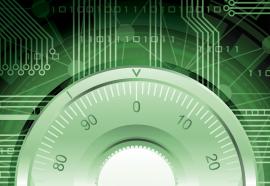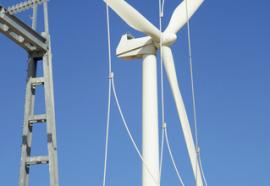Vendor Neutral
(July 2011) Williams Partners L.P. expands Transco transmission lines; Google to provide fiber optic Internet service for Kansas City, Mo.; Constellation Energy picks Lynxspring Inc.; plus contracts and developments involving Servidyne, EnerNOC, Siemens Energy and others.









